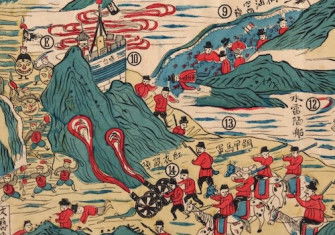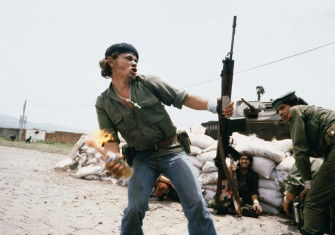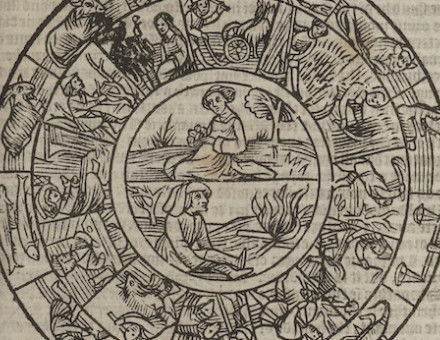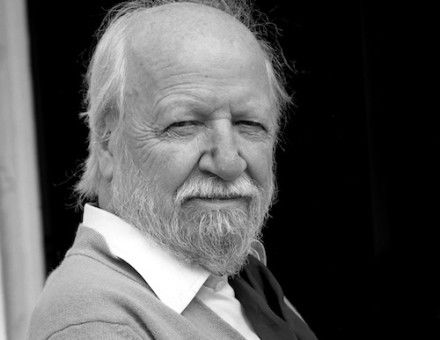The Fall of Saigon
The Vietnam War effectively ended on 30 April 1975 with the arrival of the North Vietnamese army in Saigon. Thousands fled the city, but many more were left behind.
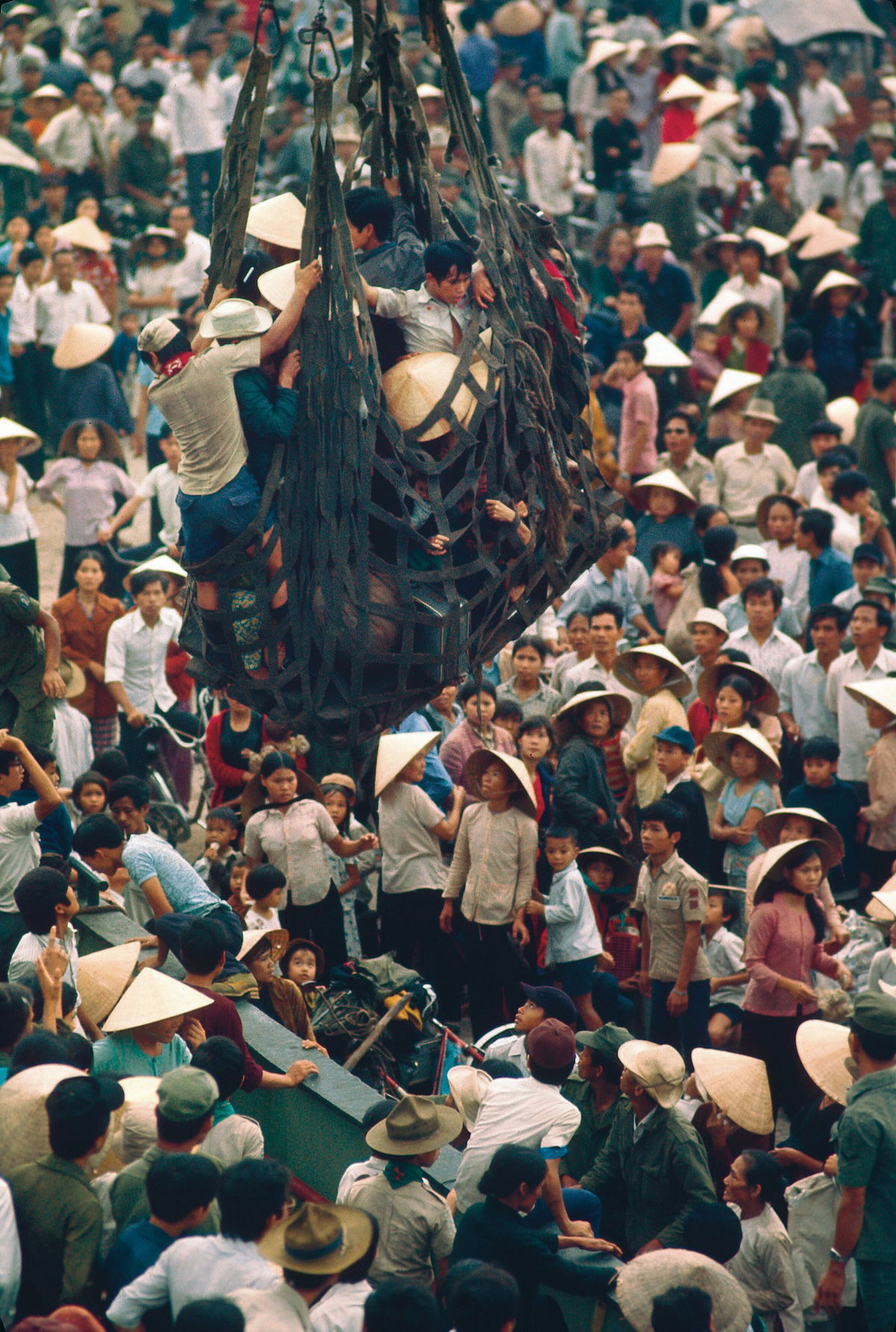
On 21 April 1975, speaking from Saigon’s Independence Palace in a televised broadcast to South Vietnam and the world, President Nguyen Van Thieu, South Vietnam’s longest serving national head, announced his resignation. As the North Vietnamese People’s Army of Vietnam moved in on the southern capital, Thieu called it quits, blaming the betrayal of the United States for his nation’s current predicament. In his address he told the people of South Vietnam what, hours earlier, he had told the US:
You found an honourable way out. And at present, when our army lacks weapons, ammunition, helicopters, aircraft, and B-52s you ask us to do an impossible thing like filling up an ocean with stones … You have let our combatants die under a hail of shells. This is an inhumane act by an inhuman ally. Refusing to aid an ally and abandoning it is an inhumane act.




